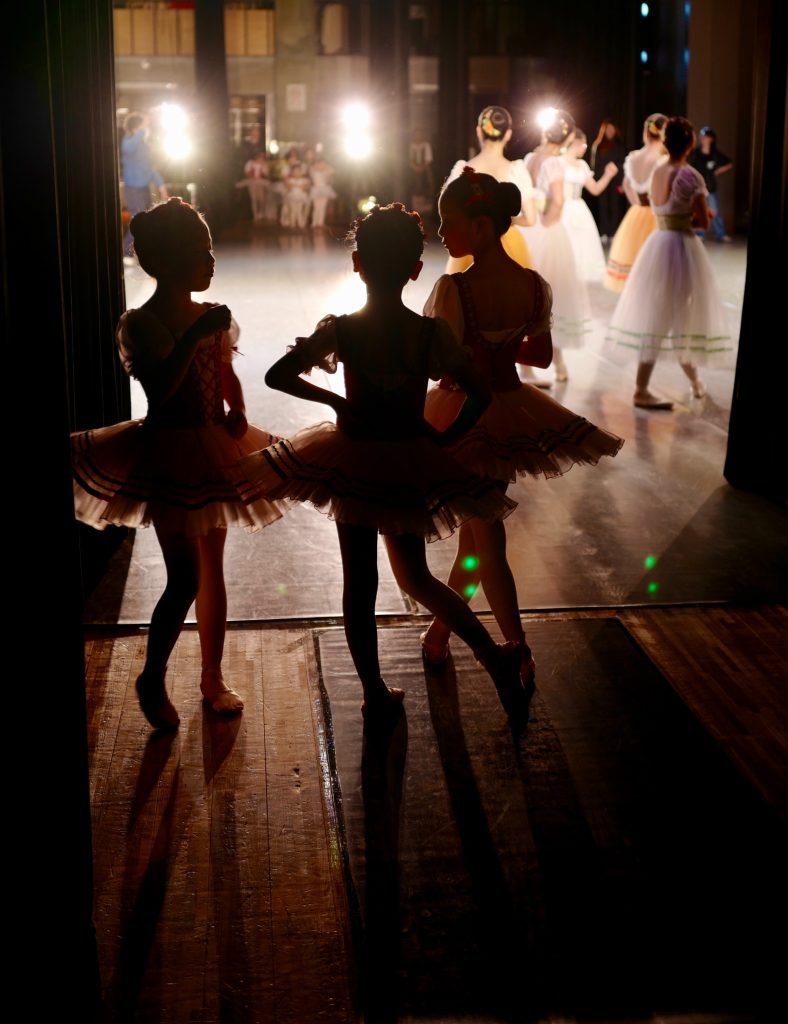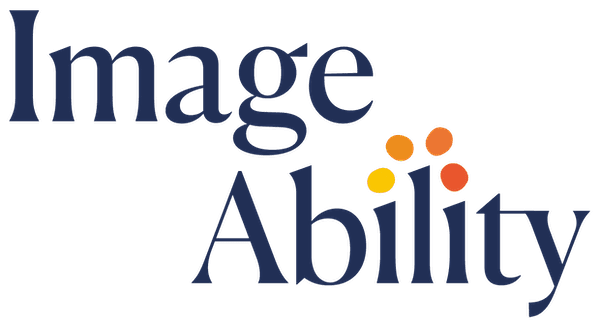A Bug for Linking Cultures – Part 1
People tend to refer to bugs as problems with apps and software, but to me, a bug is more of a seed for something which grows from a glint of enthusiasm to something substantial and, often, transformational. Once acknowledged and fed with a good attitude, it is unstoppable. It is then a good bug!
So, what started with connecting dots on a minuscule map while sitting beside my father in the car, to learning a foreign language early, stretching my body to the limit of its envelope of performance (ballet for nine hours a week), all transferred into skills used to build a new market, a new team, new relationships and a new business. I still use this approach – driven by the pursuit of my good bugs every single day: it all started with those very first memories of people and places.
In this first part, I look at those original bugs which have become the main drivers; in part two, I’ll revisit a few of the incredible cultural experiences they have led us to.
The Psychology and foreign language bugs
In my early days, travel was about imagination: using information and personal perceptions to define the world and the connections between people and places. In those days, we had no access to maps as they were a state secret, so, instead, we were creating stories and descriptions in a rather elaborate, romantic style; Jules Verne’s books were a must in every respectable family. This was our way of understanding ‘geography’, for that’s what we knew.
Learning to speak a foreign language from a very young age (I really didn’t recognise how far-sighted my father was) added extra colour, meaning and intense curiosity to my early childhood.
A little later in my first career, I came across an exercise for six-year-olds in an English pedagogy book: it was to draw what a young one saw on the journey from home to school. This triggered the realisation of what we had been missing in our toolkit – a most natural way to help others develop spatial awareness beyond instincts and stories. We were missing a natural way to unveil connections between places, things, and people. This omission of mapping skills from the toolkit was deliberate as the ‘lens’ that was being set for us from an early age was one where there was only one version of ‘the world’: we were being programmed not to be too aware of what was beyond the next city, or the next country.
This is how a communist society worked: they wanted people to grow and stay in one place, to be competitive and sharp – but static. The overriding ethos was to standardise everything and control all aspects of a change via central dictate.
I digress: inevitably, I often think of those I meet in our most democratic society and who appear to be stuck and love being told what to do; what brilliant ‘material’ they would have been to the world of my youth!
Categorisation and mind mapping were not skills that were taught or even hinted at in late 80s Romania. So, it was all a matter of such skills emerging instinctively. There were all sorts of coded phrases amongst those on the watch for people who had a glint in their eye: If someone was described ‘He/she has native talent’, this was communicating: ‘Watch that one; he/she may be trouble as he/she doesn’t fit’. It happened to most of the Olympians I met in the late 70s and, later, taught and trained in the 80s.
This all meant that an ability to conceptualise (which, later, as trainers, we were helping shape young teachers’ minds) wasn’t intended for ‘the masses’. Most of all, this impacted the development of those that were both led or pushed into the exact sciences. Frankly, it would have been impossible to extract from one of those STEM students a list of practical things to do with all the science they were imbued with, let alone a picture of their strengths or aspirations or, indeed, a collage of what really interested them.
Being a psychology student in that society was one of those rare gifts that happen in one’s life. At the time, psychology was strictly reserved for just two professions: pedagogy and secret service. I was fortunate to be able to carry out some longitudinal studies as part of my pedagogical training: observing our ‘subjects’ relating to the world over a series of years was fascinating. This understanding was evidenced in their academic and career achievements later on. But it also helped me manage the professional challenges which followed.
In the ‘90s, I ended up employing 60+ mathematicians, scientists and engineers who had been educated within this regime. Our success owed much to their education, but I have to admit that their ability to innovate was limited: they were absolutely excellent at picking up new ideas, solving problems and doing what was asked of them, but not so good at coming up with fresh ideas, or analogic, transferrable applications.
So, looking back, the legacy of my first school permeated everything onwards. The admission rules were fiercely competitive, but some families and, indeed, whole communities instinctively valued and recognised establishments which were better than others at shaping-up well-rounded people, those who would later excel at helping others become well-rounded in their own lives.
That competitive streak was the only possible option to succeed: to get into college, first of all, we needed to show that we had a healthy and fit body, that we had a good posture and that we looked the part. The next hurdle was to have a voice: yes, to sing! Once these two were assessed, it was time to demonstrate our academic prowess and thinking. That order of tests was correct:, what can you do with a great mind if you can’t connect with your body and voice?

The Geography bug
Growing up in a country which, according to an ancient geographer, was like a body created by desire’ (i.e. designed for perfection: 1/3 mountains, 1/3 plains, 1/3 hills), it was inevitable that geography was to become the most significant opportunity for me with my passion for connecting names and places.
Despite studying it formally in the context of the day (pre-1989), we were not allowed to visit other countries. So, we learned about our continents inside out: the tectonic plates, what people grew and ate, their natural resources, etc. – but we had to stay put. I had a colleague who took the significant risk of swimming across the Danube to go and see what we were learning about! A drive to see the continents was his bug. That was also his freedom.
While taking the physical beauty of the land for granted (apologies, ancient geographer!), I homed in on the human and economic aspects of geography; this was the bit which really excited me. It was from my early bug of connecting dots on a minuscule paper map: this wasn’t about the gorge, the magnificent mountains on each side, or the flow of the river, but about the curiosity and expectation of meeting slightly different skin tones, behaviours, communication, and cuisine styles as we were driving through to the other side of the mountains. [Transylvania (where I lived) means ‘on the other side of the forest’].
So, with three bold and healthy bugs – psychology, foreign languages, and geography – my skills were growing substantially; most importantly, they were transferrable and were ripe to enhance new endeavours.
Incredible years followed, culminating in developing my first company (at one stage, cited as ‘the largest independent digital mapping company in Eastern Europe’) and setting new trends in the early days of the knowledge economy (the subject of Part 2 of this write-up).
For every human being, irrespective of age, industry and seniority, it’s good to acknowledge and cherish our early bugs; also, the process by which, together with the environment and education, they make us who we are.
In a time of making sense of the (non-) human value of technology – and the tendency to call it ‘the only bug in town’- re-grounding our capacity for transferrable skills is more important than ever. Simply because, whether it is a time of calm or struggle in the world, it is those bits which we fall back on for our attitude to life, also for what shapes our interests and behaviour. After all, history repeats itself!
To be continued.
Visit our Image Ability store and learn more about how we can help.
